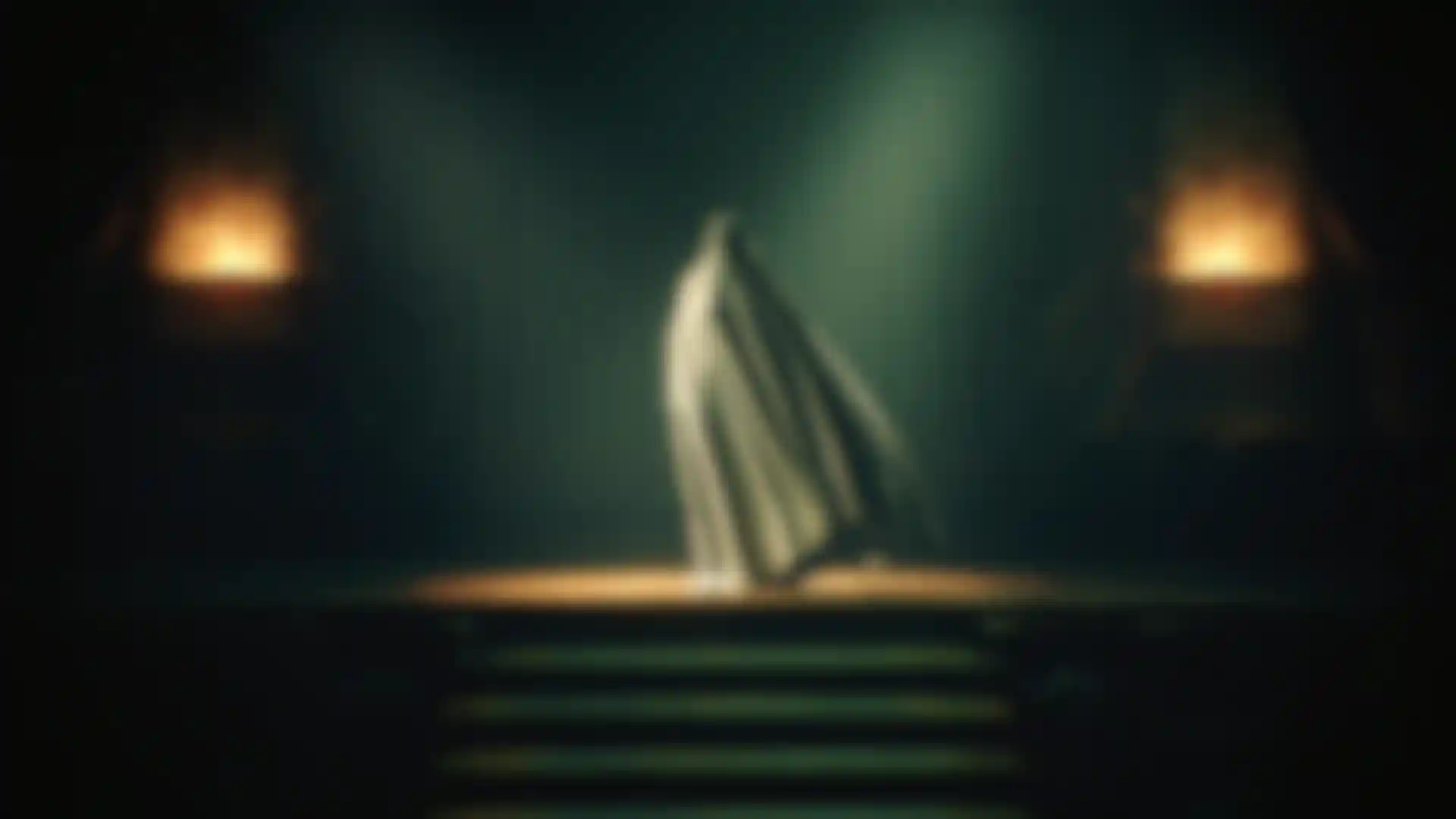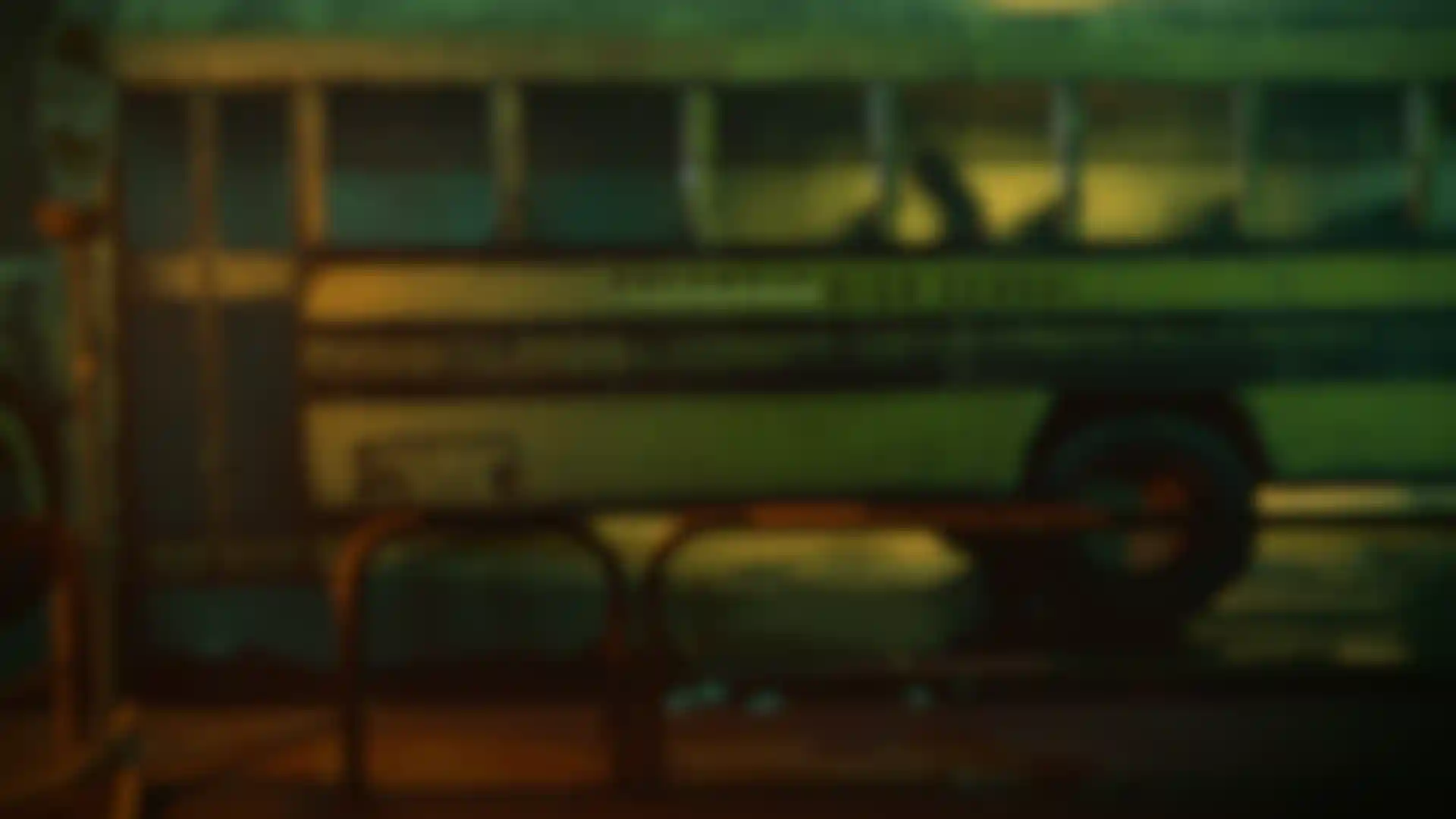
Exploring the Intersection of Horror and Art with Maxon One Crafting the opening titles for the creepy 'American Horror Stories’ episode, ‘Bestie.'
FX Network’s “American Horror Story,” is so popular, the producers created “American Horror Stories,” a new series that captures the chilling energy of the original show in one-off episodes that require their own title sequences.
Director Frederic Colin went for a chaotic feeling when creating the titles for the ‘Bestie’ episode by using Cinema 4D and Redshift to combine 3D with live action and stock footage along with dynamic editing and subliminal transitions.
We sat down with Colin to talk about his creative process, which included collaborations with Feed Me Light and Elastic.
What is your background, and did you go to film school?
Colin: After a few years of filming short films with friends, I realized I needed more VFX options to enhance their quality. I began to teach myself various software programs to gain the ability to create things on my own. I initially focused on editing and 2D effects and eventually expanded my skills to include 3D.
My plan was to attend film school, but the day before the application deadline, I decided to pursue a self-taught approach to developing my career. I found Cinema 4D very powerful and easy to start with, so I stuck with it and continued learning.
Thanks to my work on short films, work, I was recruited after a few years by Uman films, owned by French director Olivier Dahan ("La Môme/La Vie en Rose”). Working for that company taught me many things, and I soon started to create my own projects as a filmmaker and officially began my journey into 3D with a project for luxury watchmaker Cartier.
After some time, I left to become a freelancer, and since then I've been working as a designer and director for companies like Elastic, The Mill L.A., Imaginary Forces, Feed Me Light, Mathematic, Trizz, Bandits, Mikros, MPC, and many other studios worldwide. The collaboration with Feed Me Light and Elastic for the “Bestie” titles was very cool as the production and creative processes were straight to the point.
What was your development process for the titles?
Colin: Initially, I had to create a deck to present to Elastic Creative Director Hazel Baird. I shared some of the work I had done in R&D, showcasing the concept, mood, and look. It's important to be as clear as possible before starting a project, so I listed all the shots including an explanation of the action. I also mocked up some shots to provide the team with a rough storyboard and illustrate my thoughts on camera movement.
I assigned different shots to various designers, including 3D designers Cian McKenna and Olivier Pirard, allowing for flexibility in software choice. I looked for artists I knew were capable of working quickly and achieving high-quality results in 3D while taking responsibility for their own shots in the compositing process.
The client provided the music from the first day of production, which greatly facilitated the development of the edit. I transformed my boards into a layout and then into a first rough edit. Incrementally, we improved clarity day by day, and we maintained that approach throughout the project.
What were some specific tools or techniques you relied on during production?
Colin: I used Cinema 4D’s Cappuccino tool a lot to create realistic camera movement and relied on instancing to minimize RAM usage and maintain a real-time timeline, or something close to it. I also used the Volume Modeling tools, which are powerful and fast.
For compositing, Redshift’s post-rendering options are quite good. There are a lot of useful choices to establish a solid team workflow, including cryptomattes, lights IDs, and various other AOVs and passes.
Do you have any tips for other artists who are combining 3D with live action?
Colin: Consider the lighting and the way you build your 3D scene because scale will affect the behavior of your lights and cameras. For best results, build your 3D in real-world scale and strive for higher levels of detail in your textures and models, as well as surface imperfections to help break the 3D illusion and create realism. Also, treat your camera like a real camera, considering the lens, movement, and distortion.

After setting up the 3D components, compositing comes into play. The beauty of 3D is the ability to separate all the passes, giving you much latitude to tone your image up or down. While this is advantageous, it can also be overwhelming due to the myriad possibilities available. That’s why working with a mood board and references is crucial to achieving the desired final look.
Anything else you want to tell people about?
Colin: I am currently developing the trailer for my upcoming short film called “Away That Night,” a 3D animated love story based on the streets of Los Angeles in the late 1980s. I’ll have the trailer ready soon and am hoping to use fundraising to finance the film. I’m also working on several professional projects as a director, including animations for luxury brands and opening titles.
I'm also continuing to work as a 3D designer for different studios, which is very exciting as it allows me to work on totally different moods with a bunch of great studios and people.
Lewis McGregor is a filmmaker and writer from South Wales







